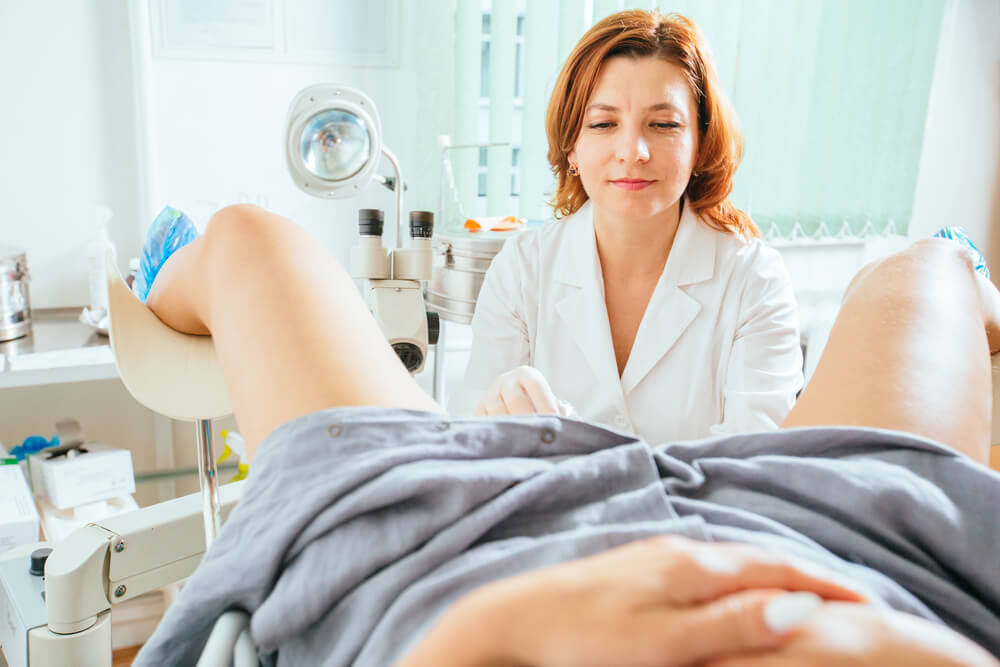Vaginal cuts and tears can happen for various reasons. Luckily, most are small and the results of hair removal, and do not always require a visit to the doctor. However, if you notice that vaginal cuts or tears are frequently occurring or are severe, deep, or painful, we advise visiting a healthcare professional for an expert diagnosis. An experienced sexual health specialist in Miami is an excellent choice, no matter your condition.
So, what causes a cut on the vagina? Moreover, can I do anything to help them heal? Find the answers (and more!) below.
Is a Cut on the Vagina a Big Deal?
A cut on the vaginal lip or any other vaginal wound is typically harmless. Although these wounds can cause discomfort and mild pain for a few days, they usually heal fast. You might experience pain when showering, bathing, or urination, and you might even see some minor tears and cuts bleed. However, in most cases, vaginal cuts and tears are common, and the symptoms should resolve within a couple of days.
However, if you do not recall any trauma to the area, vaginal tears may be the result of an infection or underlying skin condition. A more severe cut on the vagina may require medical attention, especially if the wound is deep, bleeding constantly, or not healing properly.
What Causes a Cut on the Vagina?

A cut on the vagina or a cut on the vaginal lip can have many causes, but we discuss the most common ones in this article. These causes include hair removal, sexual activity, and vaginal delivery.
Hair Removal
If you’re not careful or using a dull razor, you can quickly end up with a cut on your vagina. Also, waxing may cause a noticeable tear or cut on your vaginal lip.
Based on a study from 2017, approximately 25% of individuals end up with injuries due to grooming pubic hair. In addition, during hair removal, people with skin conditions (such as eczema) can be more prone to wounds and cuts.
Overall, you may get tiny wounds in whichever hair removal form you choose. Unfortunately, these microscopic wounds have the potential of becoming a more serious infection. But don’t worry! Serious or severe infection is very uncommon or rare.
Sexual Activity
Sexual activity can cause a cut on the vaginal lip and inside the vagina. In addition, a finger, a penis, or any other foreign object can cause damage to the vagina’s delicate tissues. Luckily, serious injury is uncommon. Moreover, a person who experiences vaginal tears due to sexual activity may also have vaginal soreness and bruising in the pelvic region for a few days.
What increases your risk of getting vaginal tears and cuts during sexual activity? Here are the top reasons:
- Vaginal dryness or atrophy
- Vigorous and rough thrusting of a foreign object into the vagina
- Vaginal scarring
- Tissue damage (due to surgery, congenital abnormalities, or pelvic radiation therapy)
- Corticosteroids and other medications
- Skin conditions such as psoriasis, lichen sclerosus, lichen planus, and eczema
- Vaginal infection (such as a severe yeast infection)
Vaginal Delivery
Vaginal delivery may cause serious tears and cuts inside the vagina. Namely, a study revealed that up to 79% of pregnant women who deliver vaginally could have cuts or lacerations.
Usually, women who deliver vaginally can experience a sore and swollen perineum (the space between the vulva and anus). However, these symptoms should reside within a few weeks. If the pain and bleeding persist, immediately consult with a medical professional.
Other Causes
It is important to note that vaginal tears not caused by hair removal, sexual activity/trauma, or vaginal delivery may be a sign of an underlying skin condition or infection.
Often, severe yeast infections can lead to excoriations or tears/breaks in the skin layers of the vulva. Other less common skin conditions of the vulva, such as lichen sclerosus may be present.
When in doubt, or if you believe you may have one of these conditions, it is important to arrange a visit with your gynecologist for further evaluation.
How to Heal Vaginal Tears?
In many cases, vaginal tears and cuts will heal on their own without medical attention. However, you’ll need to keep the area around the wound clean and dry. This way, you’ll prevent a skin infection.
Here are some more practical tips on how to heal vaginal tears:
- Before touching the wound, wash your hands with mild soap and water for at least fifteen seconds.
- Clean the wound daily with mild soap (unscented) and warm water.
- Ensure the affected area is dry before putting on clothes.
- Consider medication to relieve pain and discomfort.
- Do not soak the affected area.
- Do not use products inside your vagina.
- Try applying witch hazel to the area (but do not apply it inside your vagina).
- Try a covered ice pack to reduce discomfort and inflammation.
- Use a pillow when sitting.
- Refrain from using scented and harsh products, as these can cause pH imbalance.
If you are experiencing a vaginal tear or cut, it’s best to avoid all forms of sexual activity that involve the vagina. Also, try to wear loose-fitting underwear from soft, natural materials such as cotton.
How Can I Prevent Vaginal Cuts and Tears?

Sometimes, you can’t prevent a vaginal cut or a tear (such as in the case of vaginal delivery). However, you can take steps to lower your risk of experiencing vaginal cuts and wounds.
When shaving, you may want to:
- Before shaving, wet your skin and hair.
- Use shaving gels or creams.
- Focus on shaving and avoid distractions.
- Rinse the razor after every stroke.
- Store the razor in a cool and dry place.
- Shave in the direction of the hair growth.
- Dispose of razors after up to seven uses.
- Be mindful, especially if you are shaving an area with a bump or acne.
When waxing, you want to:
- First, ensure the area is completely clean, irritation and wound-free, and dry.
- Apply the wax in the direction of the hair growth and remove it in the opposite direction.
- Keep your skin taut during the application and removal process.
You can also reduce your risk of cuts and wounds during sexual intercourse by making sure:
- You are using a lubricant.
- Make time for arousal and foreplay.
- You empty your bladder before intercourse.
Wounds, tears, and cuts are relatively inevitable after vaginal delivery. Nevertheless, some experienced medical professionals can use techniques to prevent the risk of injuries. For example, while the woman pushes during childbirth, some professionals may apply warm compresses to the perineal area. Also, a perineal massage can reduce muscular resistance.
When Should I Get Medical Help?
If you are experiencing cuts, bruises, and tears that aren’t healing correctly and causing discomfort, consult with a professional. Moreover, if the wound is bleeding excessively, you might need medical attention. This also applies to people who experience numbness, tingling, chills, fever, and foul-smelling discharge due to vaginal wounds.
Give Us a Call Today
Take care of your health and book an appointment with us today. Expert results are guaranteed every time.





